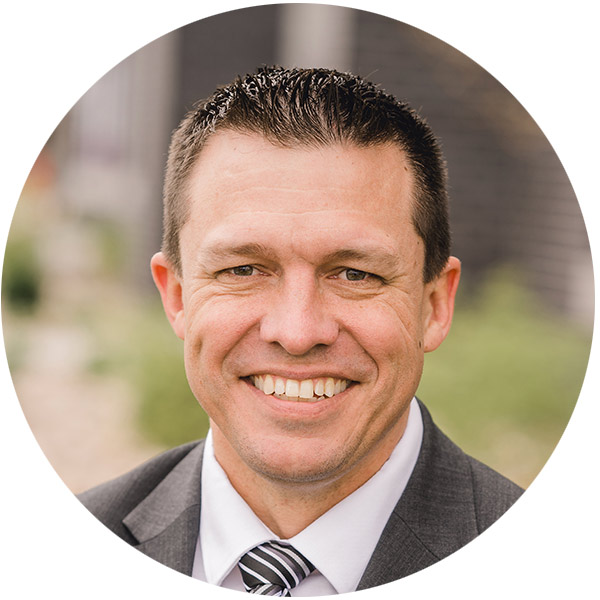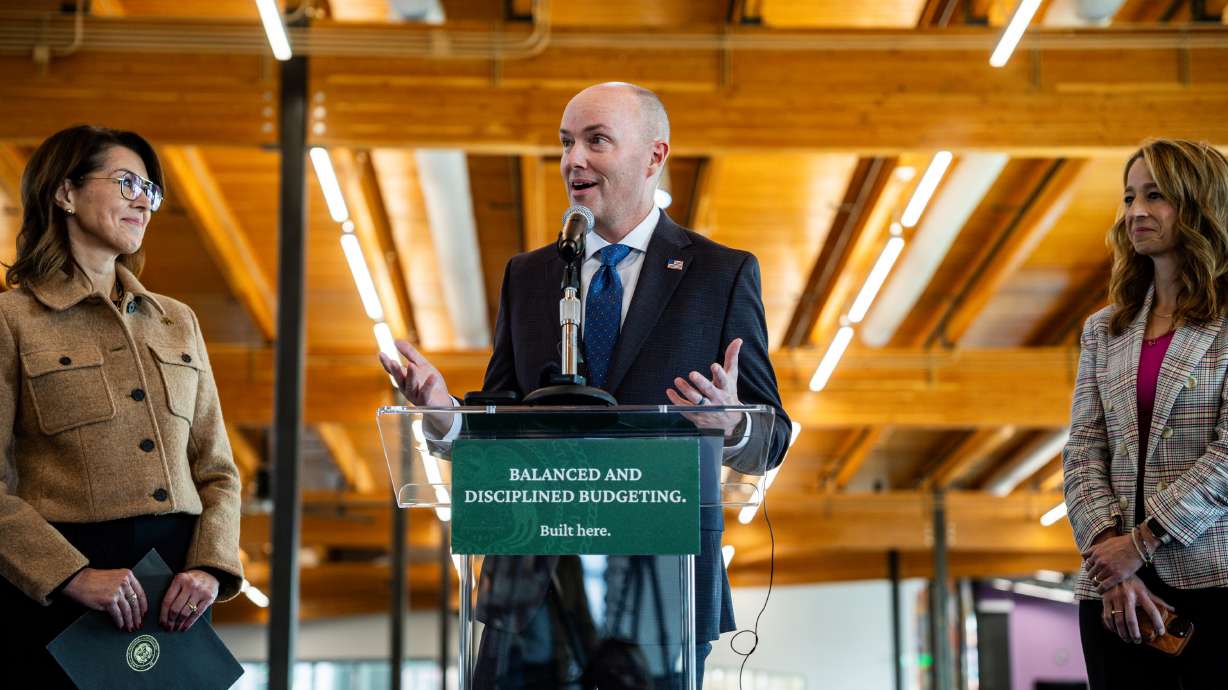This op-ed originally appeared in Deseret News on February 13, 2025.
For years, we’ve been told that school choice policies defund public schools. Yet, Utah’s school districts have at least $4.5 billion sitting in investment accounts — with even more stashed away in other savings. According to state auditor Tina Cannon, the actual total exceeds $9 billion when factoring in all accounts.
Meanwhile, teachers like Holly Huggins, a special education teacher in Utah, are forced to buy their own classroom supplies. “Every month, I buy classroom supplies,” she said. And while teachers struggle to make ends meet, school districts sit on reserves rivaling private investment firms.
If Utah’s public schools are truly underfunded, why are they hoarding billions instead of spending it on students?
The myth of ‘defunding’ schools
Public school advocates argue that Utah Fits All and other school choice policies drain resources from public schools. But the numbers tell a different story.
The Utah Fits All Scholarship, Utah’s school choice program, is currently funded at $82.5 million — less than 1% of what public schools have in reserves alone. Meanwhile, Utah schools received $7.7 billion from state income taxes in 2023.
When a student leaves a public school for Utah Fits All, they receive $8,000 in funding — while public schools still receive local property tax revenue for that student. Schools are funded at over $13,000 per student, meaning they actually have more money per student when a child leaves for a choice program.
The idea that school choice is crippling public schools isn’t just wrong — it’s the opposite of reality.
Where is the money going?
If schools need more money, why aren’t they using what they already have?
It’s clear that the money isn’t going toward classroom supplies, as teachers continue to pay out of pocket for basic materials. It’s not being used to reduce class sizes, despite repeated claims that schools lack the resources to do so. And it certainly isn’t going toward increasing teacher salaries, as educators leave the profession due to low pay and limited support.
By contrast, Utah Fits All funds go directly to students — paying for tutors, online courses, school supplies and tuition. Families can use the funds to supplement their education with music lessons, science camps, art classes and museum trips. Parents are finally empowered to customize their child’s learning experience.
Utah Fits All is creating opportunities in rural Utah
Utah Fits All is already making a tangible difference, especially in rural communities where public schools have long struggled to meet students’ needs. In places like Moab, families seeking alternative education for neurodivergent learners are no longer forced to accept whatever limited options the public system provides.
Instead, education entrepreneurs are stepping up to fill the gap. Microschools, tutoring centers and hybrid learning models are emerging — providing customized learning environments that would have been financially out of reach without Utah Fits All.
Just as a healthy forest thrives on a diversity of trees, so too does education benefit from a variety of options.
The future of education isn’t about public vs. private — it’s about empowering families with real choices that reflect their realities.
Education funding should follow students
During my seven years as a principal, I saw firsthand how the rigid structure of public schools failed students. Parents and teachers often knew a student needed more support, but securing funding felt like climbing an impossible mountain.
The problem isn’t a lack of money — it’s how that money is spent. The $9 billion sitting in school reserves proves that Utah’s education system isn’t underfunded.
Utah Fits All is already creating opportunities. Expanding the program to fund every student who wants it is a far wiser use of those taxpayer dollars. That’s why education funding should follow the student. Parents know their children’s needs better than any district administrator ever could.
If public schools won’t spend their billions on students, let parents do it instead.





